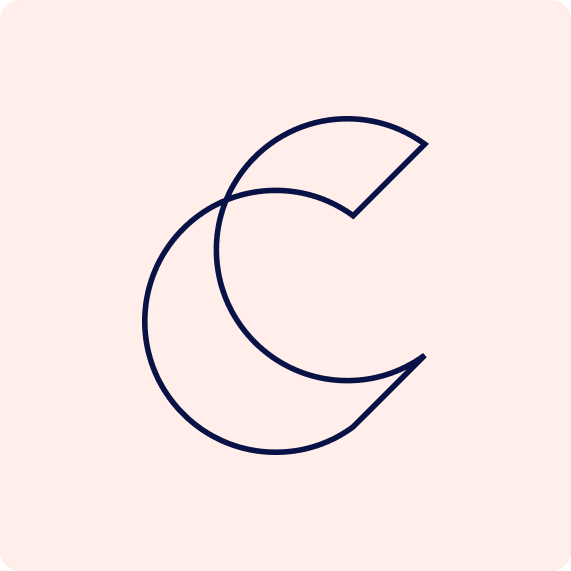Target keyword
Start with the target keyword: what is the core question this post is going to answer?
Every piece of content must answer a question, that question could be simple (what do you do? what does this cost?) or more complex (how do I do my job better?). Before putting pen to paper, identify the question you are answering.
This does two things:
- Gives you focus as you research and write
- Helps you evaluate how effective the page is at answering the question. If it is not effective, it will not rank.
After choosing a target keyword, I like to spend some time brainstorming variations of that keyword. You can do this easily in Centori, though Google Auto Suggest is helpful as well.
Headline
Now time for the headline. Some folks like to write the title last, and that’s fine. I like to think of a few possibilities for a headline on the post making sure they are:
- Relevant to the reader
- Unique
- Uses the core keyword/question
Search intent/funnel stage
Now we’re getting to the nuts and bolts of the post. This part is key, do not skip it.
What is the search intent behind this question? Why is your customer asking this and where in the funnel are they?
The answers to these questions will have implications for the type and structure of the content, as well as the call to action you choose. For example, informational may lean more towards blog posts with a CTA to subscribe or read a related post, while further down the funnel the CTA will be to make a purchase.
Questions this content needs to answer
Your reader doesn’t just have one core question in their mind, they likely have quite a few more. Now that we’ve got a good idea of what the post addresses and where in the funnel it sits, what are the other questions your reader has on their mind?
To find these I like to use a few sources:
- Google the keyword and jot down what appears in the auto-suggest, as well as ‘people also ask’
- Plug the keyword into Centori’s Keyword Discovery to see what related keywords and questions come up
- Google the keyword and nab the first three search results. Plug those into Centori’s Keyword for URL to see what else those URLs rank for as they are likely keywords worth addressing
The goal is to come up with 5-10 related keywords that you want to address with this post. This is not about jamming these keywords into the content, it’s more of a guide to understanding the related topics your reader will care about.
Outline (list of headings)
Based on the related questions, create a hierarchy of headings (h2s, h3s) that will serve as the post structure.
H2s will be your major ‘chapter’ headings that break up the post, these will be the distinct topics underneath the core question. H3s will be sub-headings under your H2s to break things down further if needed.
I try to avoid rules around headings. A piece of content should be broken up naturally, and there is no magic word count of number of headings. The only rule I will stress though is to use them. Bold text, or large text is not the same as a heading. Google pays attention to headings and uses them to better understand the content (your readers do too).
Use them intentionally, and not as a stylistic choice.
